When To Fertilize Agapanthus – Tips On Fertilizing Agapanthus Plants
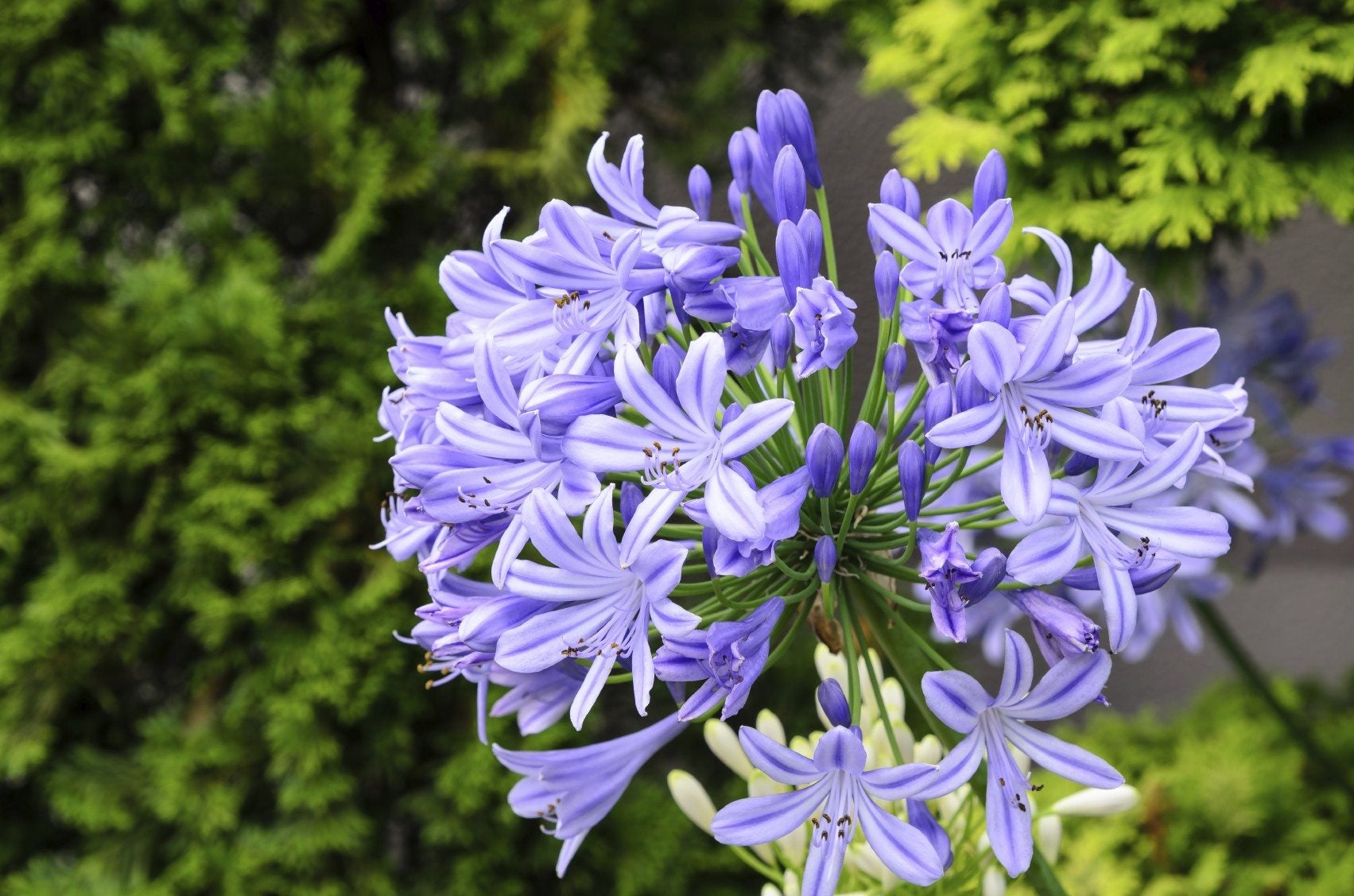

Agapanthus is a spectacular plant also known as the Lily of the Nile. This amazing plant is not a true lily nor even from the Nile region, but it provides elegant, tropical foliage and an eye-popping bloom. Agapanthus is a heavy feeder and does best with organic compost worked into the soil at planting and fertilizer during its growing period. Knowing when to fertilize agapanthus and what formulas to use will ensure big, bountiful blooms and healthy plants season after season.
When to Fertilize Agapanthus
Agapanthus plants are not reliably hardy below United States Department of Agriculture zone 8. In protected sites, they might survive the winter but a little special Agapanthus care and feeding are necessary in the spring to start them off right. Avoid fertilizing Agapanthus plants with high nitrogen fertilizers in spring, which will force new leafy growth at the expense of flowering. The best Agapanthus fertilizers will be fairly balanced, such as 10-10-10 or 5-5-5, or slightly higher in phosphorus than nitrogen. Agapanthus grown outdoors will die back in winter. Spread a heavy mulch around the root zone to protect the plant from the cold. In cooler zones, dig up the bulbs and pot up the plant to grow indoors during winter. Plants outside that are dormant do not need fertilizer until they begin to sprout anew. Indoor plants can be fertilized just as any houseplant with light dilutions of food from February until you move the plant outdoors. Outside plants should be fertilized with a mild dilution of food in early spring and again two months later. Suspend any fertilizer to either potted or in-ground plants by August.
Tips for Fertilizing Agapanthus Plants
The best fertilizer for Agapanthus should be an organic, liquid formula or granular application. Make sure to water in the formula you choose when fertilizing Agapanthus plants. Soaking the area will ensure the food gets to the roots for quick uptake and will prevent excess salt in the soil and potential root burn. Granular formulas should be worked into the soil around the root zone at a rate of 1 to 1 ½ pounds per 50 square feet (0.5 kg. per 4.6 sq. m.). Liquid formulas should be diluted according to the product's instructions. Agapanthus doesn't benefit from foliar feeds and it needs feeding just twice during the growing season. Some gardeners state they don't even feed the plants, but this would be in cases where the soil is rich in organic amendments. Apply Agapanthus fertilizer in the coolest part of the day.
Agapanthus Care and Feeding
The bulbs of Agapanthus are not frost-hardy and may need to be lifted or potted up for winter. Other care is minimal after feeding but consistent water is key to producing blooms. Divide the plant every fourth year in early spring. Most pests are not a problem, but occasionally snails and slugs can plague the strappy leaves. The most common problem with Agapanthus is rot. This occurs in soils that are too heavy and don't drain well. Amend soil with plenty of compost and some gritty matter before planting. Sometimes, rust can occur in the leaves. Water when the leaves can dry quickly and avoid overhead watering.
Gardening tips, videos, info and more delivered right to your inbox!
Sign up for the Gardening Know How newsletter today and receive a free copy of our e-book "How to Grow Delicious Tomatoes".

Bonnie Grant is a professional landscaper with a Certification in Urban Gardening. She has been gardening and writing for 15 years. A former professional chef, she has a passion for edible landscaping.
-
 Looking For Plants To Give You The Soft And Fuzzies? Try These 5 Fuzzy Leaf Plant Options
Looking For Plants To Give You The Soft And Fuzzies? Try These 5 Fuzzy Leaf Plant OptionsLovers of texture, drama, silver foliage and tactile plants will adore these special sensory garden additions. These fuzzy leaf plant options will leave you all aglow
By Susan Albert
-
 Get Ready For A Summer Of Hummers! Grow These Full Sun Hummingbird Plants and Flowers
Get Ready For A Summer Of Hummers! Grow These Full Sun Hummingbird Plants and FlowersIf you’re lucky enough to enjoy a sunny backyard, make sure you are maxing out on your pollinator opportunities and grow these full sun hummingbird plants and flowers
By Tonya Barnett
-
 Agapanthus Problems: Tips For Treating Diseases Of Agapanthus Plants
Agapanthus Problems: Tips For Treating Diseases Of Agapanthus PlantsAgapanthus is an attractive flowering perennial native to southern Africa. The plant is easy to care for and often disease free, but some agapanthus problems can be devastating. To learn more about agapanthus diseases and treatment, chick here.
By Liz Baessler
-
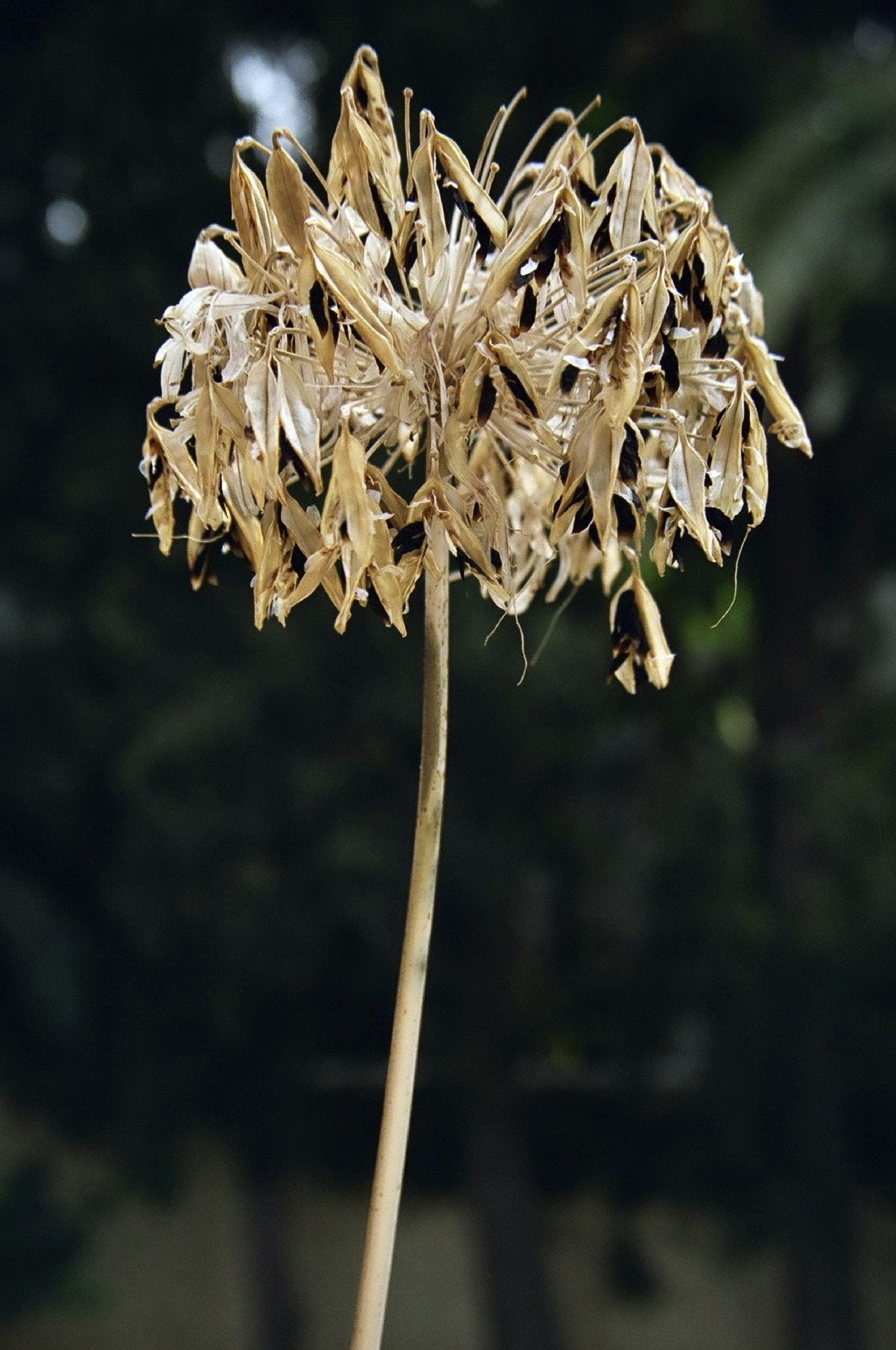 Agapanthus Pruning: Tips On Cutting Back Agapanthus
Agapanthus Pruning: Tips On Cutting Back AgapanthusTrimming agapanthus plants is an easy task that keeps this perennial bloomer from becoming shaggy and overgrown. Learn more about when and how to prune agapanthus plants in the article that follows. Click here.
By Mary H. Dyer
-
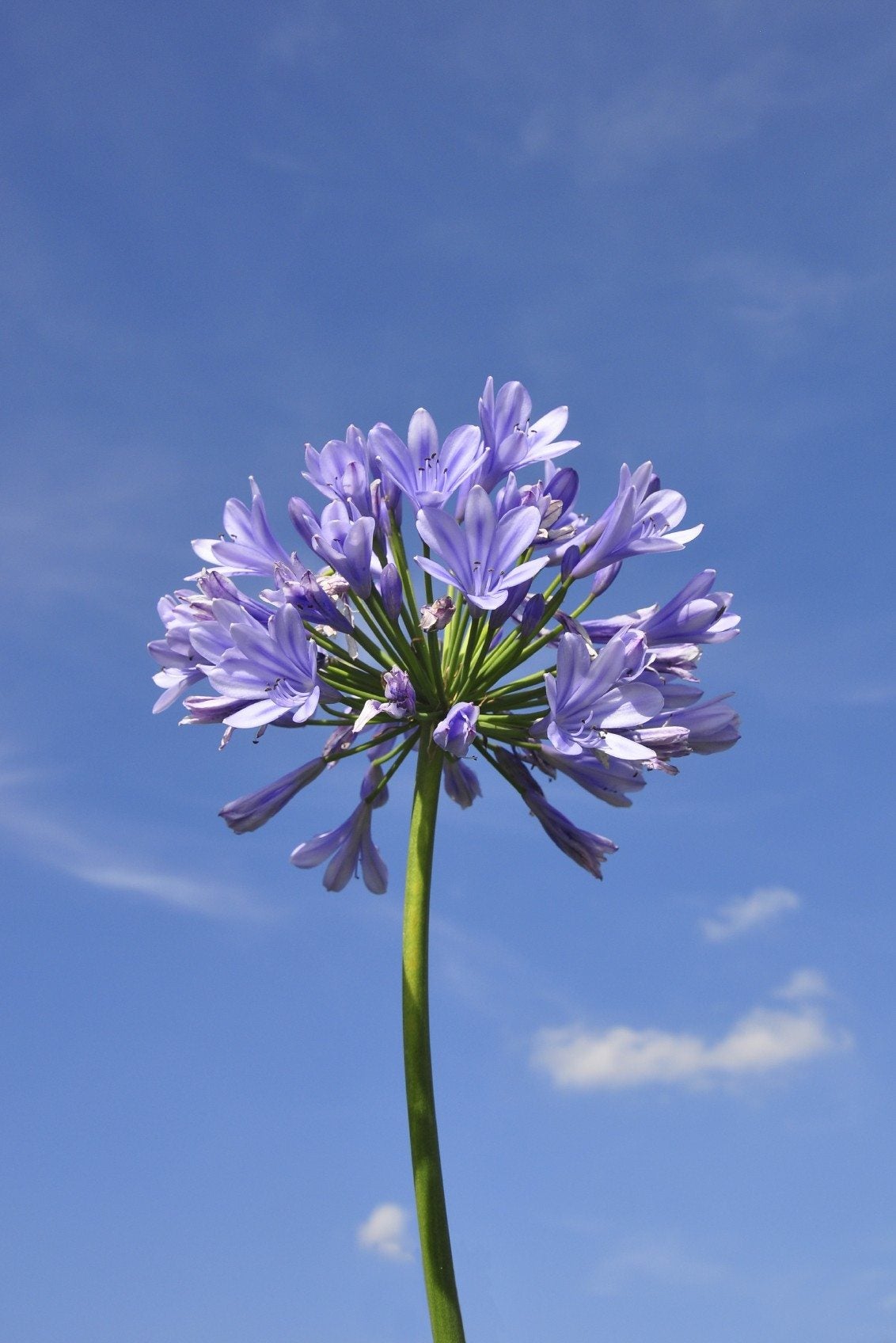 Agapanthus Flowering: Bloom Time For Agapanthus Plants
Agapanthus Flowering: Bloom Time For Agapanthus PlantsAgapanthus plants produce exotic-looking, lily-like blooms that take center stage in the garden. When is agapanthus bloom time and how often does agapanthus bloom? Click this article to find out so you can enjoy their flowers in your garden.
By Mary H. Dyer
-
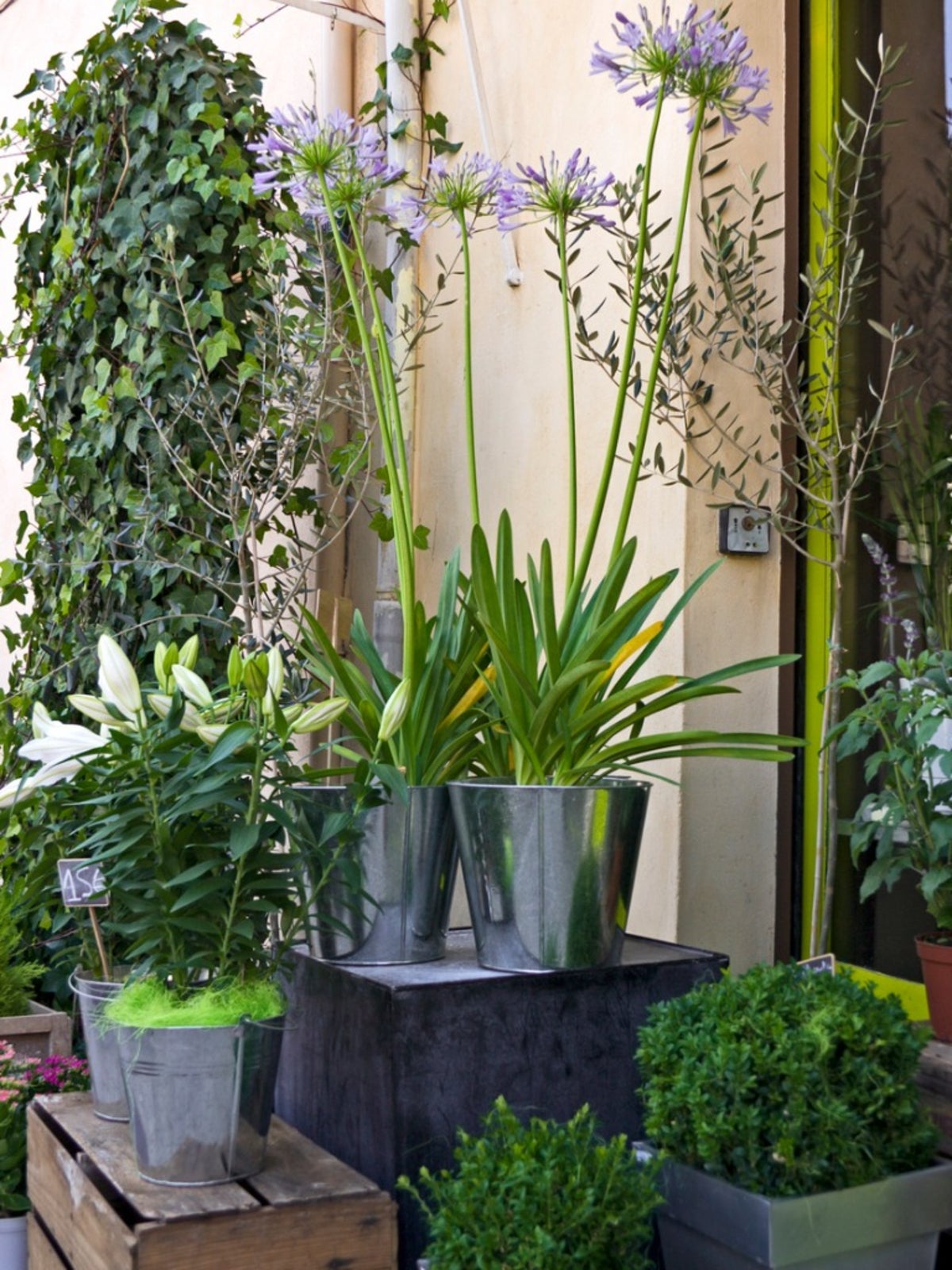 Agapanthus Container Planting: Can You Grow Agapanthus In A Pot
Agapanthus Container Planting: Can You Grow Agapanthus In A PotAgapanthus can be planted directly in the garden, but growing agapanthus in pots is very easy and worthwhile. Click the article that follows to learn more about planting agapanthus in containers and care for agapanthus in pots.
By Liz Baessler
-
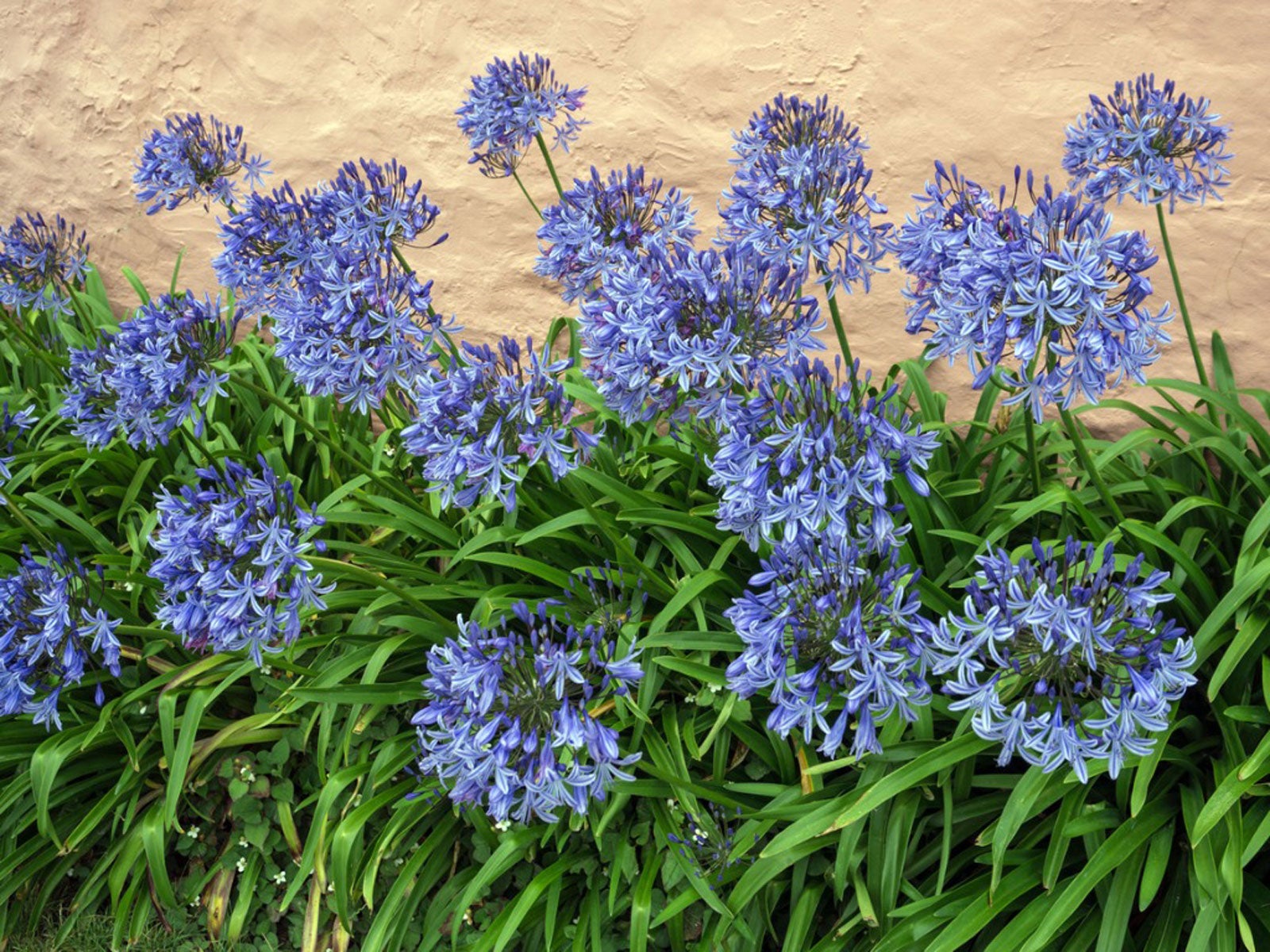 Dividing Agapanthus Plants: When And How To Divide An Agapanthus Plant
Dividing Agapanthus Plants: When And How To Divide An Agapanthus PlantYou can get extra plants by dividing and transplanting agapanthus. Learn more in this article so you can enjoy an endless supply of these flowers.
By Teo Spengler
-
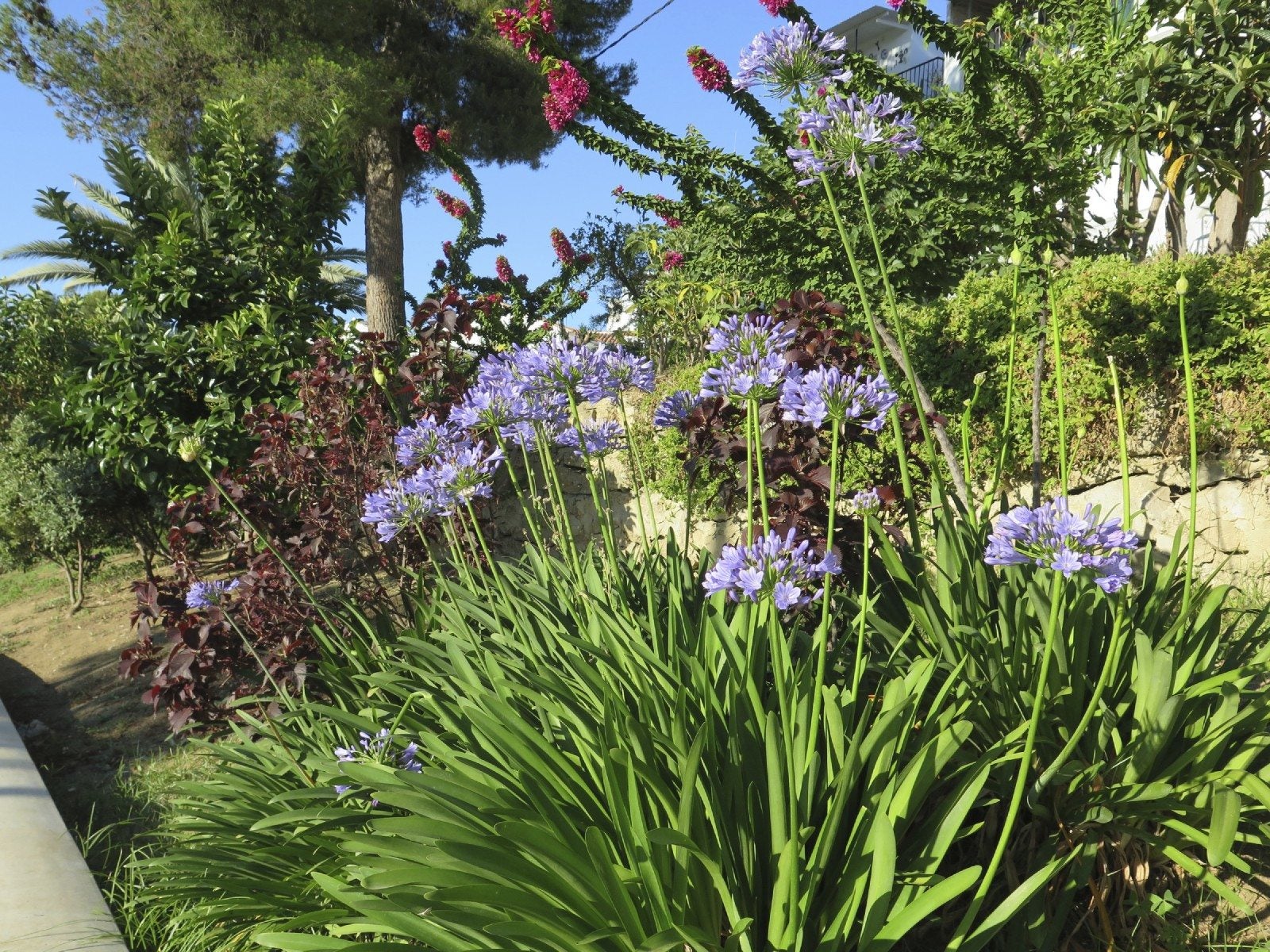 Companion Planting With Agapanthus: Good Companion Plants For Agapanthus
Companion Planting With Agapanthus: Good Companion Plants For AgapanthusAlthough you may be tempted to dedicate a flower bed to agapanthus, remember that agapanthus companion plants can complement these beauties. Click this article for information about plants that grow well with agapanthus.
By Teo Spengler
-
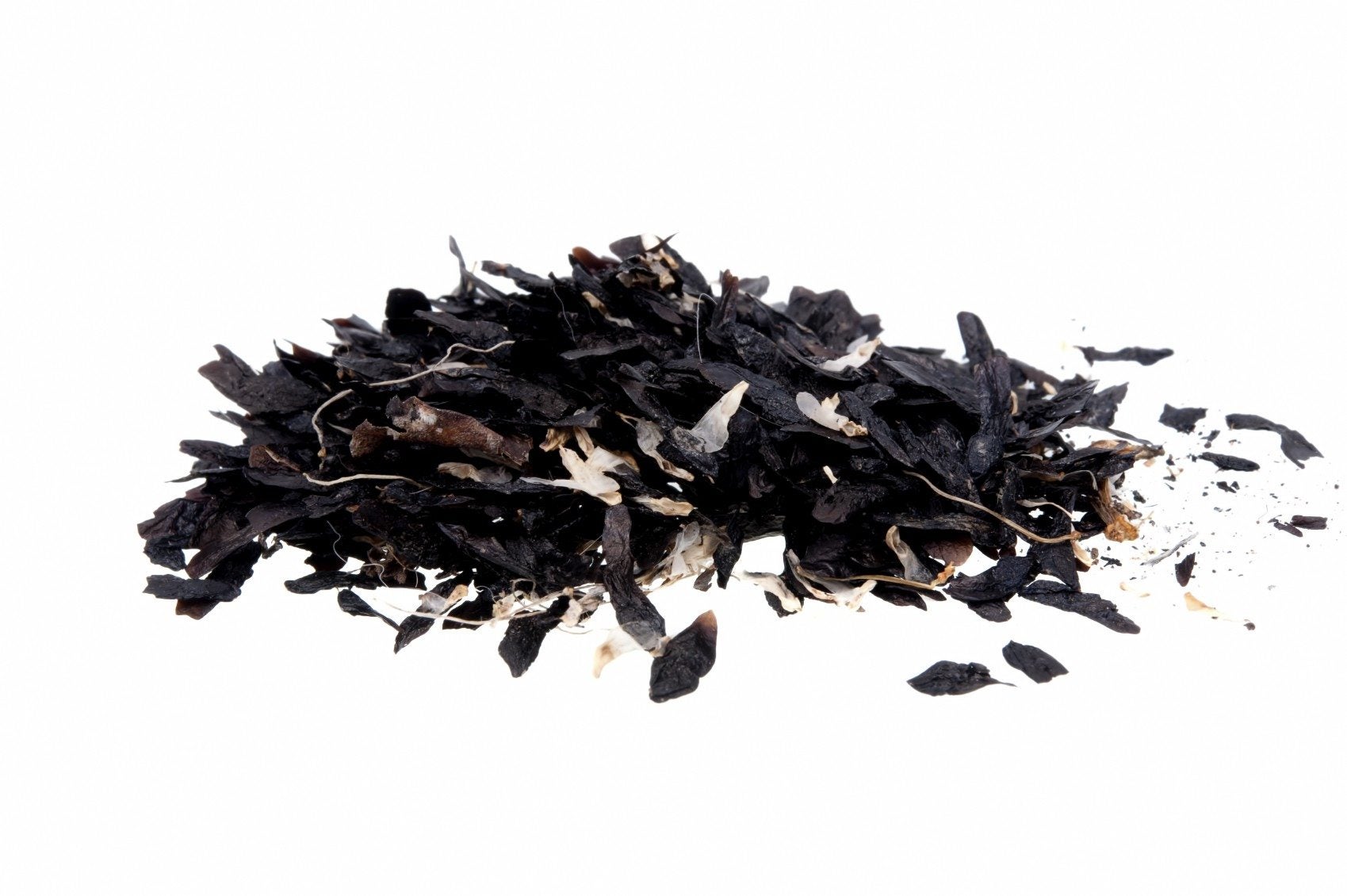 Agapanthus Seed Pods – Tips On Propagating Agapanthus By Seed
Agapanthus Seed Pods – Tips On Propagating Agapanthus By SeedAgapanthus seed propagation isn't difficult, but keep in mind that the plants likely won't produce blooms for at least two or three years. If this sounds like the way to go, read this article to learn about propagating agapanthus by seed, step by step.
By Mary H. Dyer
-
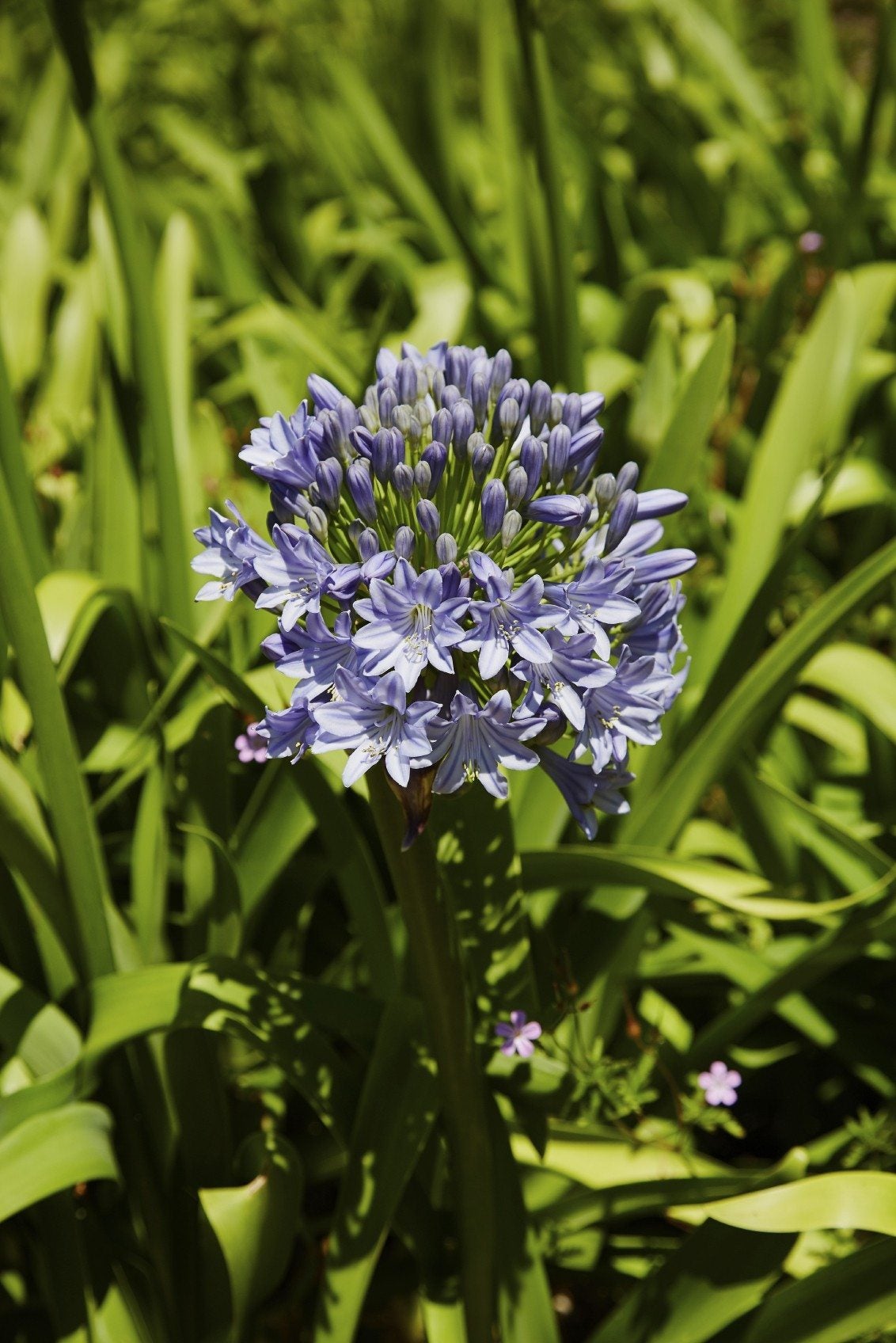 Does Agapanthus Need Winter Protection: What Is The Cold Hardiness Of Agapanthus
Does Agapanthus Need Winter Protection: What Is The Cold Hardiness Of AgapanthusThere is some discrepancy in the cold hardiness of Agapanthus. A U.K. gardening magazine undertook a trial in southern and northern climates to determine the cold hardiness of Agapanthus and the results were surprising. Learn more here.
By Bonnie L. Grant